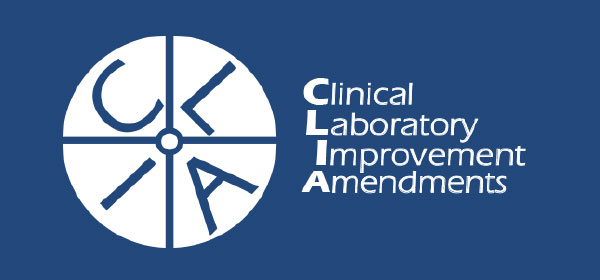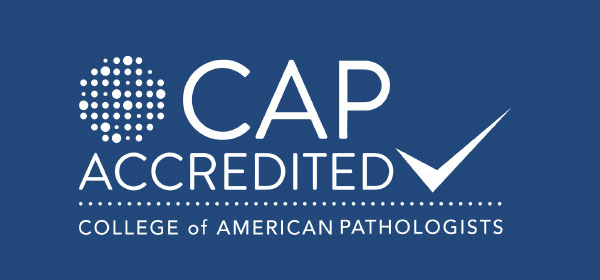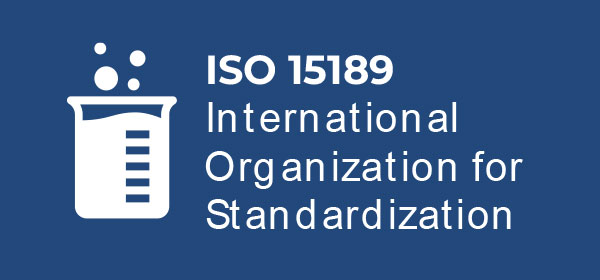
J. Kim, D. Cornish, A. Ali; TrilliumBiO, Rockville, MD, United States.
Rationale: Detection of autoantibodies against granulocyte-macrophage colony-stimulating factor (GM-CSF) in human serum plays a pivotal role in the diagnosis and monitoring of individuals with autoimmune pulmonary alveolar proteinosis (aPAP). aPAP is a rare pulmonary disease characterized by abnormal accumulation of surfactant within the alveoli which may lead to hypoxemia and in rare cases, respiratory failure. Ensuring the reliability and precision of the laboratory test is essential for its clinical utility. In this study, we present the development and performance characteristics of a novel laboratory test for the detection of GM-CSF autoantibodies in human serum.
Method: A particle-based flow cytometry immunoassay was designed utilizing GM-CSF-coated particles. In brief, the detection of the GM-CSF autoantibody in serum was achieved using a biotin-labeled secondary antibody specific for human IgG conjugated to streptavidin phycoerythrinsubstrate (PE). The excitation and detection of the PE bound to the detection antibody is performed using the Luminex 200 instrument. Data acquisition was performed using xPONENT v4.3 software and reported as median fluorescence intensity. To determine the concentration of GM-CSF autoantibodies, the patient samples were plotted against a custom 8- point standard curve and reported as µg/mL. The assay’s precision and sensitivity were assessed through intra- and inter-run evaluation using 40 human serum samples. Clinical accuracy was determined by testing a cohort of 40 samples collected from patients with known GM-CSF autoantibody status (positive aPAP samples provided by Savara Inc.) and utilizing a cut-off value of 8.0 µg/mL in assessment of at-risk individuals.
Results: The assay demonstrated high precision, with an inter-run precision of 7.9% and an intra-run precision of 2.7%. The custom quadratic standard curve exhibited an r-square value of 0.99, which ensured precise antibody quantification across a wide range of concentrations. The calculated lower limit of quantitation for GM-CSF autoantibody detection was determined to be 1.95 pg/mL, which indicated high sensitivity in detecting low autoantibody concentrations. Clinical accuracy was assessed by utilizing a cut-off value of 8.0 µg/mL, achieved 100% accuracy in cohort of 40 subjects (negative cohort: n= 20, GM-CSF autoantibody concentration range 0.3 µg/mL – 2.6 µg/mL; positive cohort: n=20, GM-CSF autoantibody concentration range 116.0 µg/mL – 183.2 µg/mL).
Conclusion: Our particle-based flow cytometry immunoassay test, utilizing a custom standard curve, offers a highly precise and sensitive laboratory testing for the determination of GM-CSF autoantibody levels in human serum and can be successfully used as a diagnostic tool to aid in the diagnosis of aPAP.







